Scarborough, Castle From The East Pier 1958
Photo ref:
S71123


More about this scene
THE CURRENT fortification on this site can be traced back to around 1160. This was during the reign of Henry II, first of the Plantagenet kings. But long before this, the rocky promontory 300ft (91m) above the sea on which the Castle is built was the scene of fortification and settlement. The earliest evidence indicates that Iron and Bronze Age man lived here. The Romans found it, and used it for a signal post; the remains of this are still visible within the walls of the Castle. Later, the Norsemen came calling (and pil- laging). During the time that the Castle was in use, several sieges were laid over the cen- turies. Royal visitors were quite frequent, as it was first choice for the Court when on tour. The condition of today's ruins is large- ly due to the efforts of Oliver Cromwell's Roundheads during the Civil War. At the start of the war, Scarborough declared for the King; this was unusual, in that most of the eastern part of England favoured the Roundheads. The Castle was besieged from February to July 1645. Starvation, rather than the con- stant pounding of cannon located in nearby Peasholm, caused the Castle to surrender. As a result of this siege, the west wall - some 15ft (4.6m) thick - was demolished, although the highest point is still 85ft (26m) tall. It was then safely in Parliamentarian hands until 1648, when the governor defected to the Royalists. Thus the stage was set for another siege. By coincidence, this also lasted for four months, and again starvation caused the sur- render. The Castle itself never fell to pure force of arms, despite several sieges over the centuries. Cromwell ordered the Castle to be partly destroyed so that it could not be used as a fortification again. But as a result of the Jacobite rebellion of 1745, a barracks was built to house the local garrison. The last forcible adjustment of the Castle occurred as recently as 1914. Two German cruisers took up station off Scarborough, and fired over 500 shells into the defenceless town. Much damage was done to the curtain wall of the Castle, and the 1745 barracks were demol- ished. This action soon spawned a slogan for the enlistment posters that urged young men to join up and fight the Germans. It ran: 'Remember Scarborough? Enlist Now!' Probably the Castle's most famous prisoner was George Fox. He was the founder of the Society of Friends (The Quakers), and was incarcerated for a time in 1666. Today, the keep, barbican and curtain wall still stand. The site covers some 7.69 hectares (19 acres), offering spectacular sea views from the buttressed walls. The property is looked after and maintained by English Heritage; it is open for visitors every day during the sum- mer, and is closed on Monday and Tuesday during the winter.
Add to Album
You must be signed in to save to an album
Sign inShare This Photo
Buy a Print
Unframed, Mounted, Framed and Canvas prints in a range of sizes and styles.
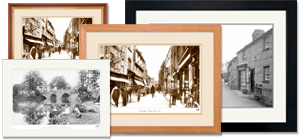
View Sizes & Prices
A Selection of Memories from Scarborough
For many years now, we've been inviting visitors to our website to add their own memories to share their experiences of life as it was, prompted by the photographs in our archive. Here are some from Scarborough
Sparked a Memory for you?
If this has sparked a memory, why not share it here?



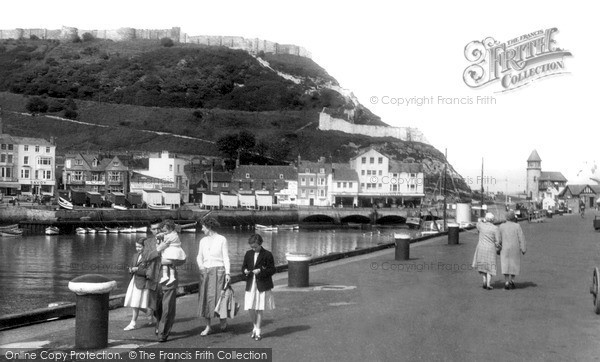
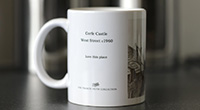
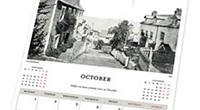

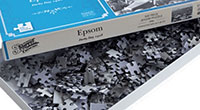
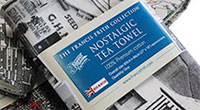
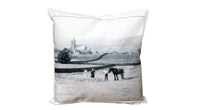


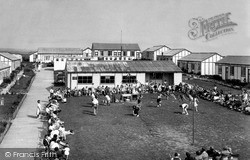

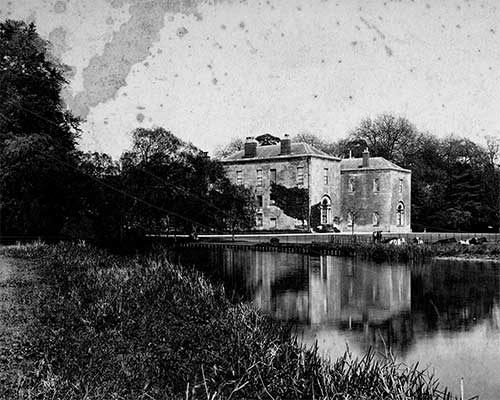 Before
Before
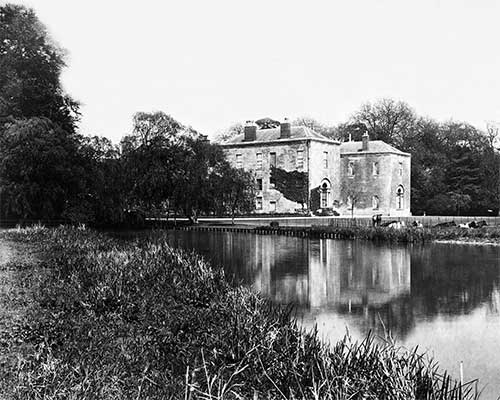 After
After